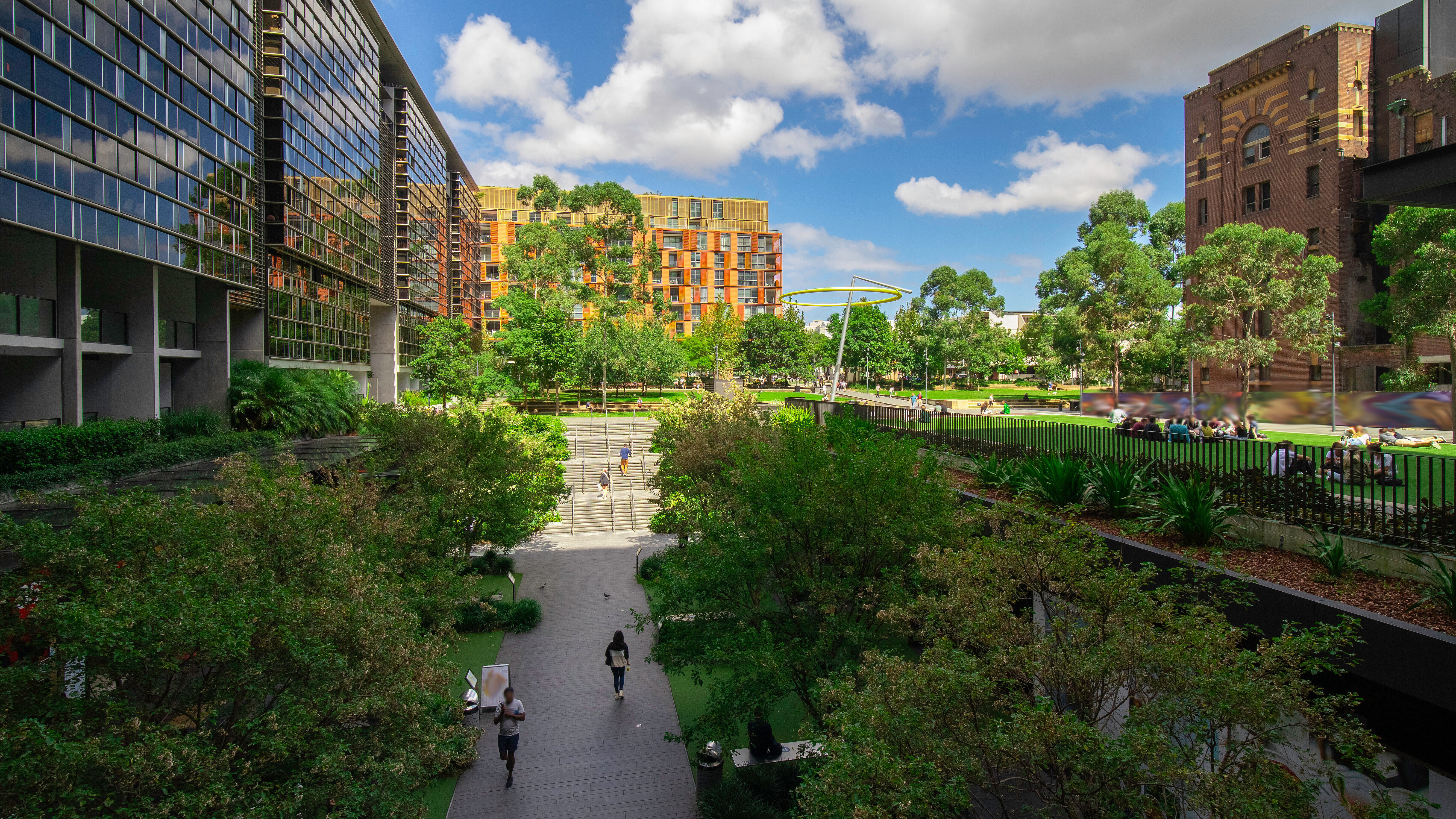Giulia Peretti, Sustainability Officer at Real I.S. AG
The real estate industry is under great pressure to act. Essentially, it has a key role to play in achieving the Paris climate targets, as buildings account for more than a third of greenhouse gas emissions and around 40 percent of energy consumption in the European Union. High energy standards are already the norm in new construction. The greatest challenges lie in existing buildings. According to the German Energy Agency (dena), around three quarters of existing buildings in Germany were built before the first Heat Insulation Ordinance came into force in 1979, and many of these buildings have still not been renovated in terms of energy efficiency or have hardly been renovated at all. [1] The potential for increasing energy efficiency and reducing emissions is commensurately great.
There is a great deal of underestimated potential for combining energy-efficient and resource-saving construction in existing buildings: existing buildings can be refurbished to promote energy efficiency while being adapted to contemporary requirements – in line with the circular economy, and instead of building new ones. Although this building upcycling requires a great deal of know-how, planning and creativity, it is a sustainable solution for enhancing the energy quality of an existing property and the comfort for its occupiers or for repurposing existing stock. If, compared with new construction, raw materials and emissions can be saved, no new areas are sealed, and existing properties are upcycled for new functions, thereby meeting changed usage requirements, the added value for society should not be overlooked.
Necessity of transforming existing buildings to save on emissions and resources
Energy refurbishment for greater efficiency and lower emissions in the operation of a property are only one side of the coin. Significant savings on greenhouse gas emissions resulting from building a property are also made when the existing building fabric is reused. This is because more than half of the gray emissions are already released during the construction phase of a building. For this reason alone, the question that generally arises is whether complete demolition and new construction are really necessary. A large proportion of the emissions are already generated when the materials are produced and transported. These emissions are partly avoided by reusing or keeping existing buildings, parts of buildings or building materials in use, for example by reusing recycled concrete or load-bearing structures. In this way, precious resources are not squandered, and a great deal of waste can be prevented.
Circular building for greater sustainability starts with planning
Reusing building materials only works if this is technically feasible and the building components or material layers can be separated out. A classic example is composite thermal insulation systems, which are used in most of the existing residential buildings in Germany. Although these systems are economical and physically efficient, in ecological terms they are poor. The different layers that make up composite thermal insulation systems cannot be separated and must be disposed of or thermally treated when the building is demolished. Other systems that separate the cladding from the insulation already exist, allowing these components to be recycled. It would be simpler and more efficient to think about a later separation of the different types of materials right from the start, so already during the project and material conception. Planning should be carried out in the form of a closed loop in the early stages of work. Deploying materials and components that can be reused after the property's service life form part of these considerations. The great advantage here is that not all materials have to be freshly produced and that they remain in the cycle.
This circular construction is not new but is becoming increasingly important due to the scarcity of raw materials, supply bottlenecks, rising material costs and mounting waste volumes. Resource-saving circular construction is far from being standard in the real estate industry but holds great potential. One concept of the circular economy is "urban mining," which involves seeing the built environment or an existing building as a kind of raw material store. Before producing something new, one looks at what already exists in the built environment that can be reused, regardless of whether the materials are still actively being used or will only be released in the foreseeable future. This field is still in the early stages of development but offers great opportunities for resource conservation and climate protection.
Conclusion
A great deal has already been done in the real estate sector. However, there is still a need for a rethink. The focus should be on existing buildings, which offer the greatest potential for action, not only for more climate protection, but also for saving resources, material and energy costs, and for maintaining the value of buildings. Real estate companies and construction firms need to sharpen their awareness of this and open up to alternative options. Materials and their recycling should be examined more closely. In addition, innovative digital technologies enable smart building optimization - both in use (e.g., through harnessing artificial intelligence) and in planning and deconstruction (e.g., by means of digital material registers with information on resources used). Refurbishing and upcycling the existing stock are investments in the future and a still underestimated opportunity for the sustainable transformation of the real estate industry.

